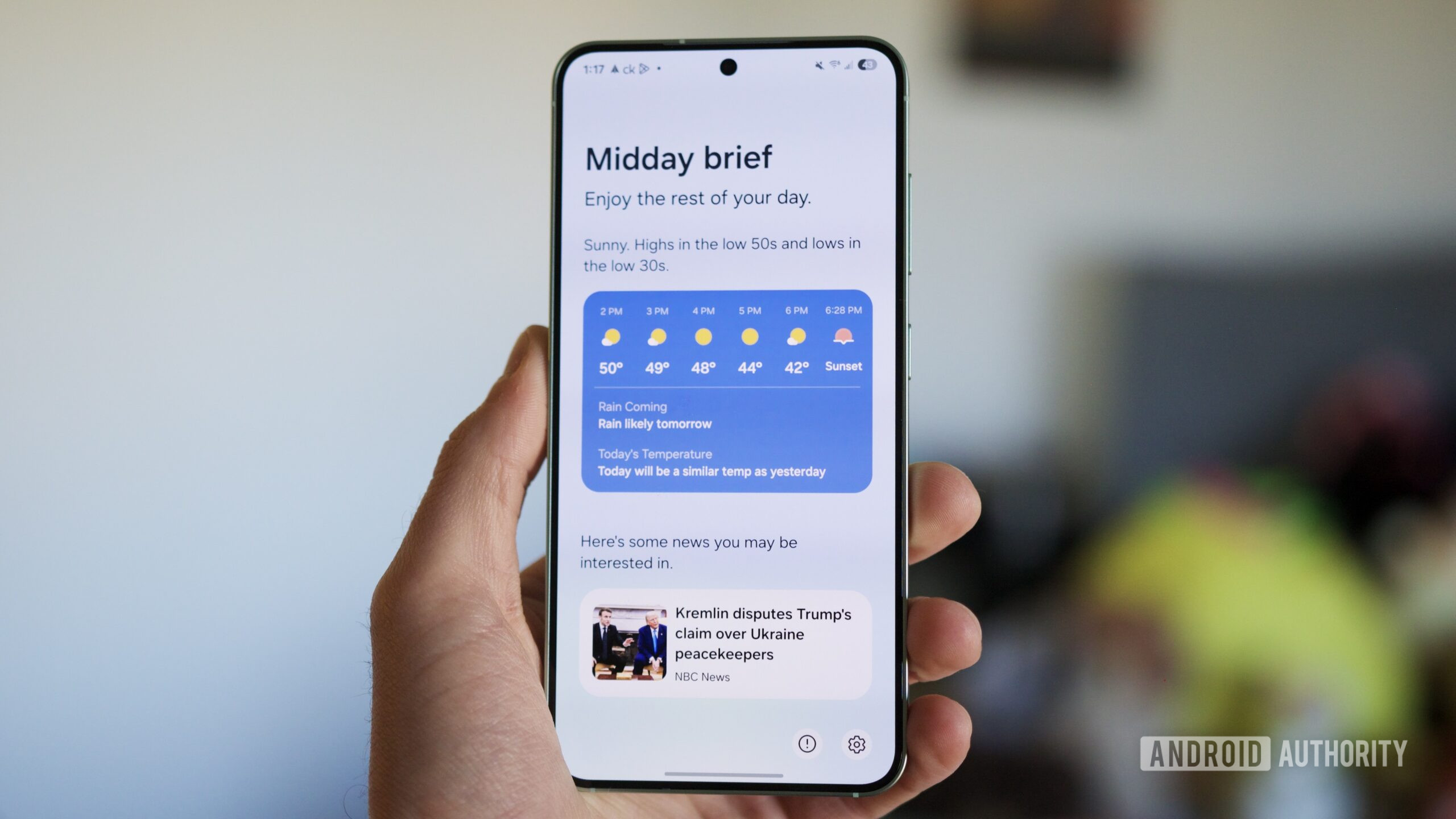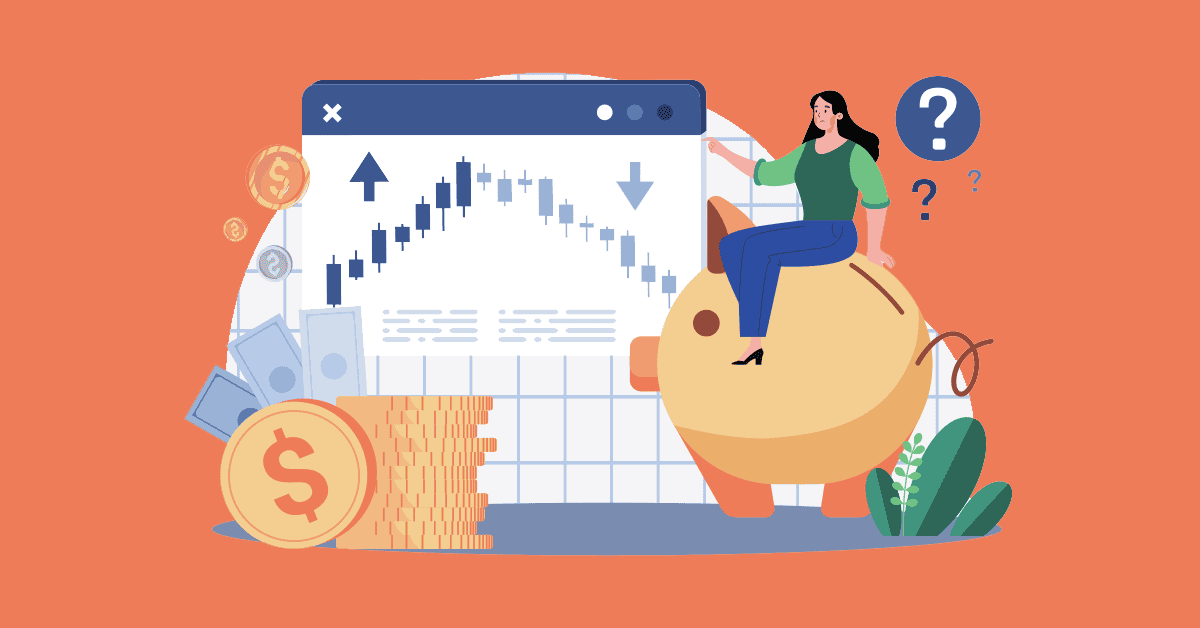According to CoinMarketCap (CMC), there are over 10,000 coins and tokens available to trade in different markets worldwide. Among them, we can find all kinds of things, from old-established cryptocurrencies like Bitcoin and Obyte to experimental DeFi platforms and memecoins. However, you might not know that, in addition to a vast array of tokens, there’s also a diverse selection of free crypto-related tools —ranging from practical to quirky and entertaining.
CMC and CoinGecko are, for instance, two quite popular and useful crypto tools, but they’re far from being the only ones. We can discover some interesting things if we just look around a bit. Let’s see some platforms in this category.
When Lambo?
Memecoins are quite the thing now, but the crypto community always had its own internal memes and jokes without related tokens. “When Lambo” is an old one and a very popular one too. It implies a momentous question: when will we be able to afford an expensive Lamborghini car with our current crypto holdings? It’s known that prices change rapidly in the crypto space, so can you maybe get richer tomorrow with the same number of coins? We can dream, at least.
“When Lambo” is so widespread around here that some years ago
The results will include what Lambo you can buy with your coins (at least a toy Lambo?), how many more tokens you need to buy it, the needed price per coin you’ll need to afford it, and the current percentage you have in your wallet. It’ll also lead you to trade on the exchanges Binance or Bitvavo, but that’s an additional option. Do your own research first!
Wallet Scrutiny
Cryptocurrencies are mostly decentralized, which means you have full control over your holdings if you have a private key. But wait a second, because there might be a trick there. The coins and their ledger are decentralized, yes, but the wallet you use to interact with crypto networks can be a completely different story. Wallets are often offered by middlemen (companies and developer teams), who generally have good intentions —but that’s not always the case.
Some awful things (backdoors and other traps) could be hidden in their codes, beyond what we can see. Even if the wallets are open-source software, which means anyone can check their codes, not everyone knows how to. And worse: cybercriminals are designing fake wallets with the same name and branding as legitimate ones, aiming to trick users into downloading this malicious software from official app stores to steal their private keys.
Now, of course, there’s a way to avoid these bad scenarios, and we have several easy and free tools available for it.
Crypto Bubbles
With all their detailed data and long lists, sites to check cryptocurrency market caps, like CMC and CoinGecko, can be a tad overwhelming for beginners.
Green bubbles mean price increases —the larger the bubble, the higher the percentage change or market cap. Red bubbles imply negative percentages, and they also change in size, depending on the figures. It’s possible to order them per period (hour, day, week, month, year) or market cap size. In the Settings, they’ll let you change the currency for the prices (USD, EUR, CAD, etc.), languages, colors, and watchlists.
If you click a bubble, more specific data, charts, and links about that currency will appear, summed up in a very graphical manner. Below the bubbles, a more traditional list of coins is also available to order by market cap, price, volume, or time changes. Or you can use their search bar to find your favorite coins. An app for iOS and Android can be downloaded too.
TxCity
Network explorers aren’t exactly the most colorful and user-friendly thing in the world. And let’s not talk about those long, incomprehensible alphanumeric strings that represent transactions and addresses. TxCity was created to see crypto transactions in a new, clearer light. By representing each transaction as a person attempting to board a bus—where buses symbolize blocks in a blockchain— this platform offers users a unique, real-time perspective on the available crypto networks.
Obviously, those networks are only blockchains — they are the kind of networks that have buses and bus drivers. This approach demystifies on-chain data, effectively converting mere transactional networks into visual ecosystems.
By using
To begin using TxCity, simply visit their website and select the chain you wish to explore. The platform will display live transactions as animated characters attempting to board buses, offering an engaging way to observe how transactions are processed and included in blocks. This visual representation not only makes it easier to understand crypto operations but also serves as an educational tool for those new to this space.
Order a Pizza in Obyte
Did you know you can order a Hawaiian, Pepperoni, or Mexican pizza using an Obyte chatbot? Well, at least as a role-play! The
Beyond simulated pizza purchases, the testnet wallet offers a variety of features to explore. Users can try chatbots from the Bot Store, set up conditional payments, and experiment with wallet settings. It’s also possible to add new devices and test secure account recovery options. Everything is recorded on the
Featured Vector Image by














